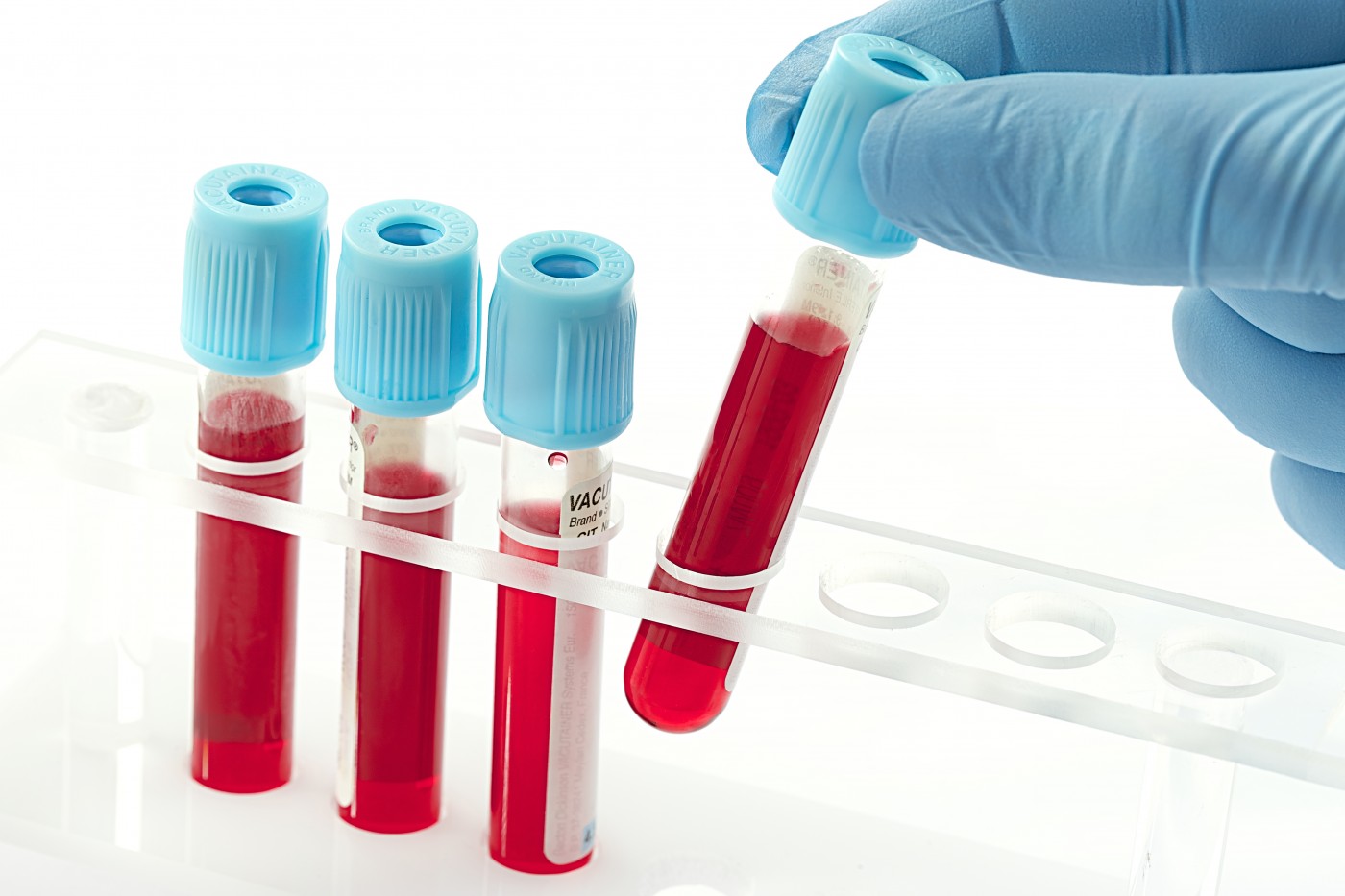TxCell SA, a biotechnology company that specializes in developing novel, patient-centered immunotherapies that utilize regulatory T-cells to address severe chronic inflammatory and autoimmune diseases, has just announced the US Food and Drug Administration (FDA) has granted the company’s flagship product Ovasave Fast Track Designation. The drug, which was also approved as an Investigational New Drug, is an antigen specific autologous T regulatory somatic cell therapy currently undergoing tests as a potential treatment for Inflammatory Bowel Disease.
“The granting of Fast Track Designation by the FDA to TxCell’s Ovasave is in part due to the strong unmet medical need experienced by patients with moderate to severe Crohn’s disease. This FTD is also a sign of confidence from the FDA in the potential of Ovasave to address that need,” stated Miguel Forte, MD, PhD, Chief Operating Officer of TxCell. “In addition to the recent opening of the IND, this Fast Track status will help us to facilitate the timely development of Ovasave as a high priority program for TxCell and a significant potential opportunity for the treatment of refractory Crohn’s disease patients with no other option.”
At present, the company’s researchers are in the middle of a randomized, controlled Phase IIb study called CATS29, which aims to establish the therapeutic benefit of Ovasave in patients with Crohn’s disease.
In a previous report, British medical technology firm 11health has announced UK availability of what it claims is the first ever patient-developed medical technology device. The Ostom-i Alert is projected to help the roughly 20,000 people in the UK who have stoma surgery annually address conditions resulting from surgeries performed to address colorectal cancer, bladder cancer, ulcerative colitis and Crohn’s disease.
The Ostom-i Alert sensor is a discrete innovative device that alerts patients as to the fullness of their ostomy/stoma bags to help the wearer decide its time to empty them in plenty of time to prevent both fluid and solid leakage, enabling patients to avoid embarrassing situations when out, or in particular when asleep. Patients can also use the device to send output levels automatically to nurses and clinicians.

